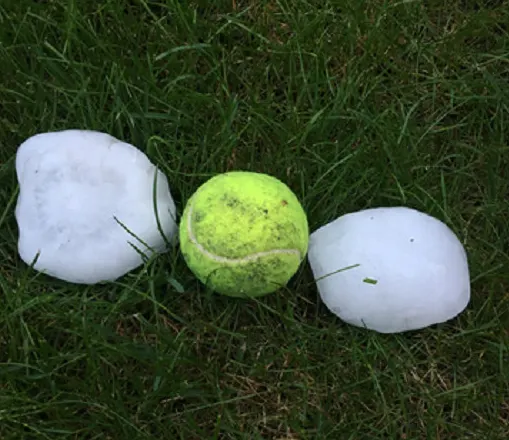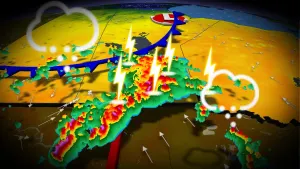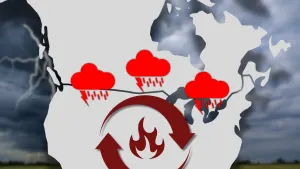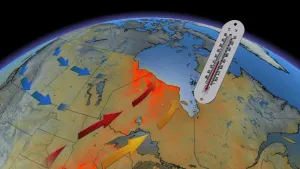
Grapefruit-sized hail storm in Edmonton caused $90 million in insured damage
Severe storms in Edmonton on August 2 resulted in grapefruit-sized hail that caused significant damage including shattered windows and large dents in cars. The Catastrophe Indices and Quantification (CatIQ) Inc. says that this single storm caused an estimated $90 million in insured damages, with more than half of that involving auto insurance coverage, which caused approximately $46.9 million in insured damages.
Commercial property insured damages cost approximately $3.4 million and personal property insured damages cost approximately $39.5 million.
Environment Canada confirmed that grapefruit-sized hail fell in Spruce Grove and ranged between 80 to 120 mm in diameter. The large hail that fell in Edmonton was between the sizes of golf balls and baseballs, which are between 45 to 70 mm in diameter. The large hailstones also resulted in crop damage in areas northwest of Edmonton.

Hail from the severe storms on August 2, 2019 in Stony Plain, Alberta, submitted by Matea.
The report from the Insurance Bureau of Canada (IBC) states that insured damage from severe weather events across Canada reached $2 billion, which is the fourth-highest amount of annual losses on record.
Significant losses in 2018 occurred from the high frequency of smaller severe weather events as opposed to record-breaking events such as the 2013 Calgary floods, and IBC says that this could be attributed to the cost of a changing climate.
While an individual weather event cannot be entirely explained by climate change, more frequent and severe weather events are expected as global temperatures increase.
IBC states that it is working closely with all levels of government to advocate for increased investment to mitigate the future impacts of extreme weather and to build resiliency against potential damages and impacts.
These investments include new infrastructure to protect communities from floods and fires, improved building codes, better land-use planning, and creating incentives to shift home and business developments away from areas with high risk.
Source: IBC









